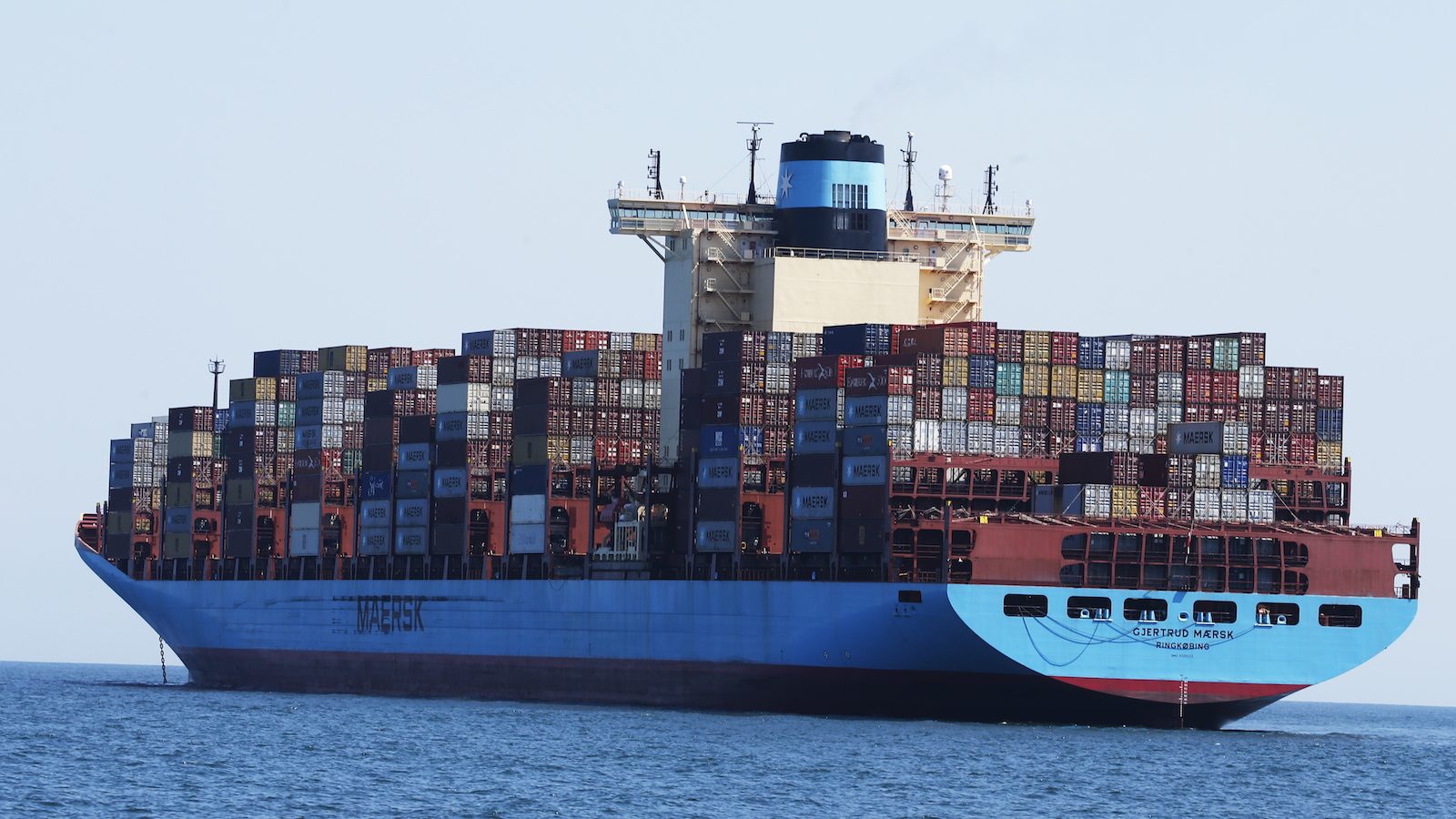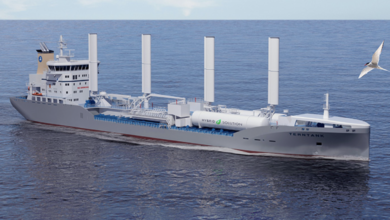Xeneta container rates alert: long-term ocean freight rates up almost 100% year-on-year

Oslo, Norway – Long-term contracted ocean freight rates climbed by 7% in March, pushing shipping prices up 96.7% year on year. The rise, revealed in the latest Xeneta Shipping Index (XSI®) Public Indices for the contract market, further boosts the coffers of leading carriers, with Evergreen the latest name to disclose record annual revenues of USD 17.67bn (a fourfold increase on 2020).
However, as Xeneta CEO Patrik Berglund points out, the sustainability of such developments remains to be seen.
Onwards and upwards
Xeneta’s XSI®, compiled from the latest crowd-sourced ocean freight rate data aggregated worldwide, has painted a stark picture over the last 18 months, with 16 months of rates hikes against only two dips (December 21 and January 22). A combination of relentless demand, port congestion, equipment shortage, and COVID disruption has driven the rates trendline to new heights – facilitating huge profits for carriers and worrying times for shippers. March 2022 proved true to form, as Berglund explains.
“Yet again we saw another bumper month for the carrier community, with climbs across all major trade corridors, for both export and import indices,” he notes. “Long-term rates are reaching all-time highs, and carriers are undoubtedly sitting pretty in contract negotiations, but there are signs that future adjustments may be edging onto the horizon.”
Waves of change?
Berglund points out that, for example, rates on key Far East-Europe trades are declining, with carriers such as Maersk and MSC announcing plans to void sailings to combat sluggish demand. A potential resurgence of COVID in China, and resultant lockdowns, could add to a sense of increasing volatility and fluctuating demand.
In addition, port congestion in the US has transferred from West Coast ports to East Coast ports, as shippers seek to avoid potential problems stemming from labor negotiations between the ILWU and PMA. Congestion in the East could, with this in mind, grow in the second quarter to match that previously experienced in the West.
“It’s a very complex picture,” the Xeneta CEO notes. “What’s more, in the slightly longer-term we also have moved by the emboldened, cash-rich carriers to consolidate market shares and boost fleet capacity. The most recent example of this is Evergreen, again, which could be looking to take delivery of more than 40 new vessels by the end of 2025, totaling more than 550,000 TEU. Will the market demand continue to develop to absorb this kind of capacity growth, or could we see the carriers go from boom to bust with weaker fundamentals?
“As ever, it’s impossible to forecast with any certainty, making it all the more essential for stakeholders to avail themselves of the very latest market intelligence before entering contract negotiations. Knowledge is the key to unlocking value in such a tough, dynamic market.”
Universal strength
Regardless of future performance, March 2022 saw the ‘golden age of the carriers continue. All regional trade corridors enjoyed positive rates developments, as illustrated by the XSI®.
In Europe, the imports benchmark surged by 7.7% – climbing to a new all-time high – and now sits 87.1% up year-on-year. Exports advanced by 3.2%, equating to a 72.5% increase against March 2021. Meanwhile, Far East imports on the XSI® jumped by 4.7%, moving the index up 52.1% year-on-year, with exports showing their strength in a 7.9% surge. This latter benchmark currently stands 92% up compared to March 2021, with gains recorded in 18 of the last 24 months.
The rates story in the US followed a similar plot, as imports rose by 6.9%, offsetting the slight decline reported in February. The index is now towering 99.3% higher than the equivalent period of 2021. Growth in the exports measure failed to keep pace, but there was still a 1.4% appreciation, leaving the index up 35.2% year-on-year.
Xeneta’s XSI® is compiled from the latest crowd-sourced ocean freight rate data aggregated worldwide. Companies participating in the benchmarking and market analytics platform include names such as ABB, Electrolux, Continental, Unilever, Nestle, L’Oréal, Thyssenkrupp, Volvo Group, and John Deere, amongst others.
About Xeneta
Xeneta is the leading ocean and air freight rate benchmarking and market intelligence platform transforming the shipping and logistics industry. Xeneta’s powerful reporting and analytics platform provide liner-shipping stakeholders the data they need to understand current and historical market behaviour – reporting live on market average and low/high movements for both short and long-term contracts. Xeneta’s data is comprised of over 300 million contracted container and air freight rates and covers over 160,000 global trade routes. Xeneta is a privately held company with headquarters in Oslo, Norway, and regional offices in New York and Hamburg.
















